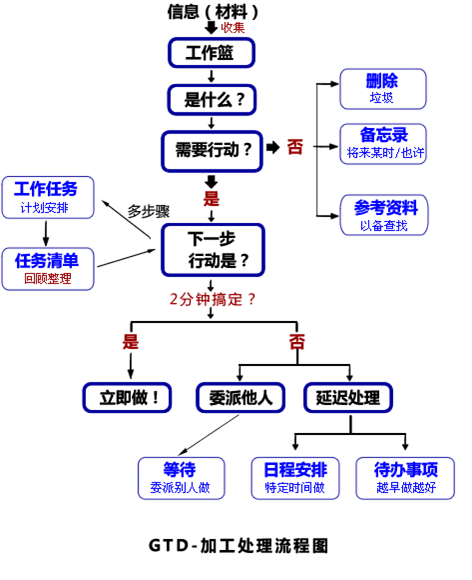06.2021 Office Talk
Review on th"Getting Things Done: The Art of Stress-Free Productivity"
Yuanfang industry (Shanghai) / Shen horong

 "The art of stress free work" is a very practical book, which can help our work and life become relaxed, joyful and efficient. The GTD (getting things done) time management system introduced in the book, as the name suggests, is to "get things done".
"The art of stress free work" is a very practical book, which can help our work and life become relaxed, joyful and efficient. The GTD (getting things done) time management system introduced in the book, as the name suggests, is to "get things done". David Allen, the author of "the art of stress free work", has made great achievements and influence in improving work efficiency. He believes that the brain is like a computer's CPU (central processing unit). To process tasks at a high speed, the premise is to reduce the number of tasks queued in RAM (memory) as much as possible. Therefore, we should find appropriate storage tools to "drive everything out of your brain.".
David Allen, the author of "the art of stress free work", has made great achievements and influence in improving work efficiency. He believes that the brain is like a computer's CPU (central processing unit). To process tasks at a high speed, the premise is to reduce the number of tasks queued in RAM (memory) as much as possible. Therefore, we should find appropriate storage tools to "drive everything out of your brain.".David Allen stressed that the pressure does not come from the task itself, but from the chaotic accumulation of tasks in the brain, resulting in psychological anxiety and conflict. What we need to do is to count the things in the brain one by one, capture all the unfinished matters, and collect them in the file system outside the brain, such as the real tool basket, paper Notepad, smart phone calendar and mailbox, etc. Only when you write down what you think in your heart and make a good plan for the next step, can you concentrate on what you are doing and improve your efficiency.
GTD can be divided into the following five steps:
collect
Collect all the things and information that attract our attention in our work and life in a fixed "work basket", because even the trivial things will distract you.
reorganize
There are three principles to be followed in determining whether actions need to be taken on these matters or information:
All tasks in the work basket must be translated into the next step.
Anything you can do in two minutes, do it right away.
Think about whether you are the best person to complete the task. If not, appoint a suitable person to handle it and set a reply time.
organization
After reorganizing the "work basket", build the next action on the list system. These lists include:
Actions and information recorded in a calendar (things that need to be done at a specific time)
Waiting list
To do list (things need to be done as soon as possible)
review
All lists need to be reviewed and checked weekly and updated to ensure the operation of GTD system. At the same time of reviewing, you may need to plan your work for the next week. Only in this way can you trust the system more and stop worrying.
get some action
In the process of starting to act according to the list, it may be necessary to choose the order according to the environment, time, energy and importance, generally as follows: important emergency → urgent unimportant → important unimportant → unimportant unimportant.
This book reminds us that we should concentrate on one thing and then do the next. Learning and adopting the GTD time management system introduced in the book can help us get rid of the pressure and do things in an orderly way, which will naturally increase our efficiency.



















